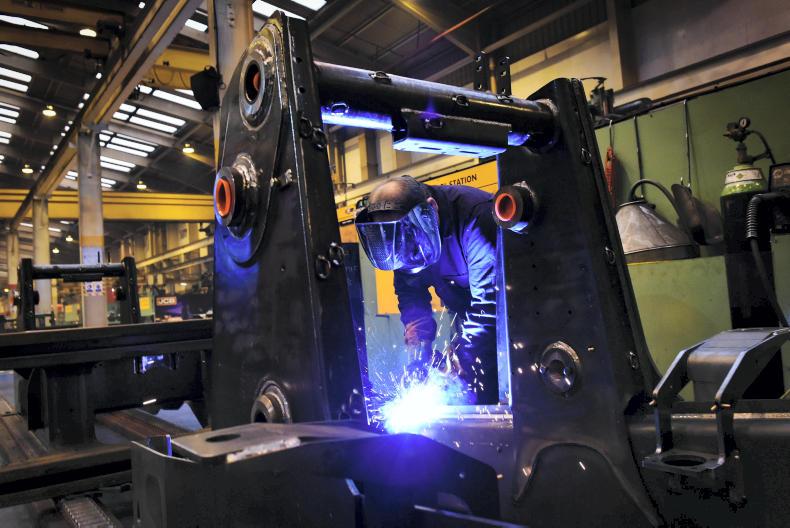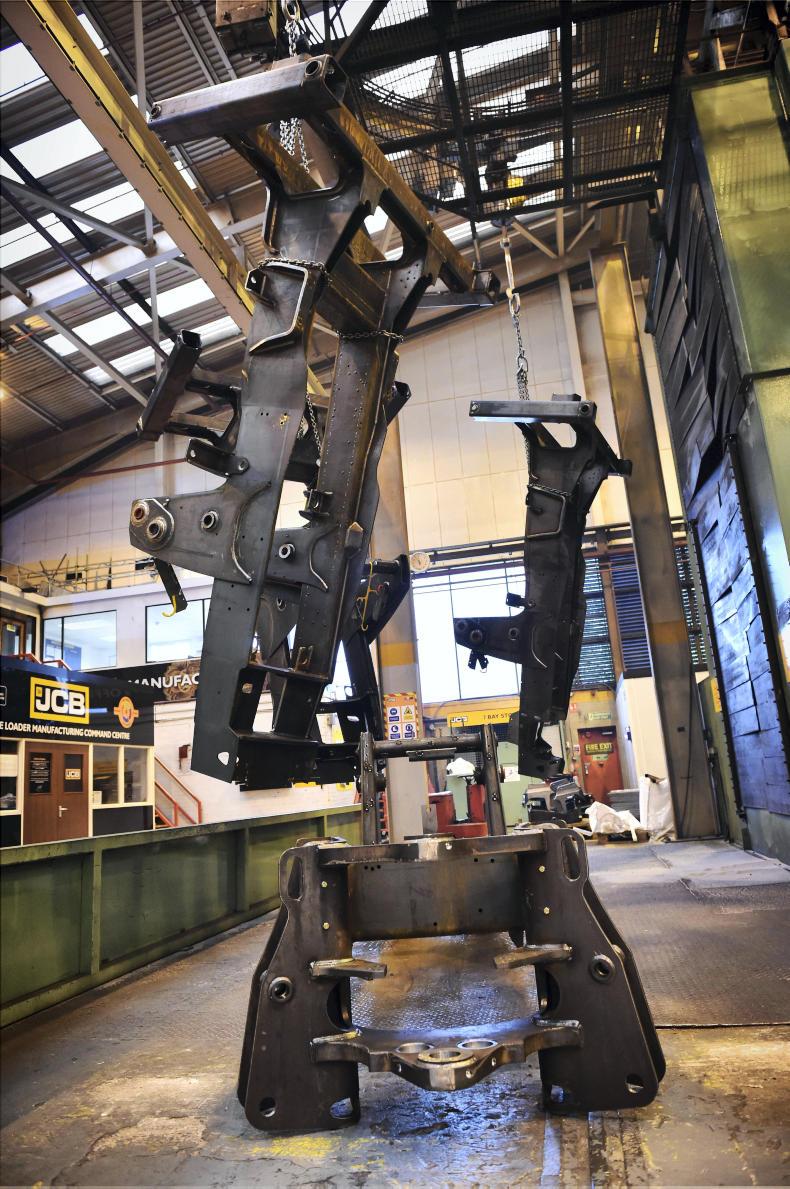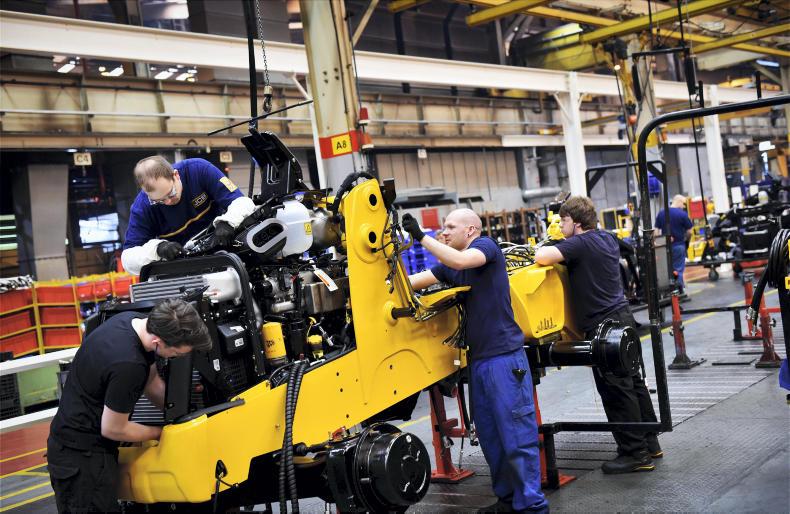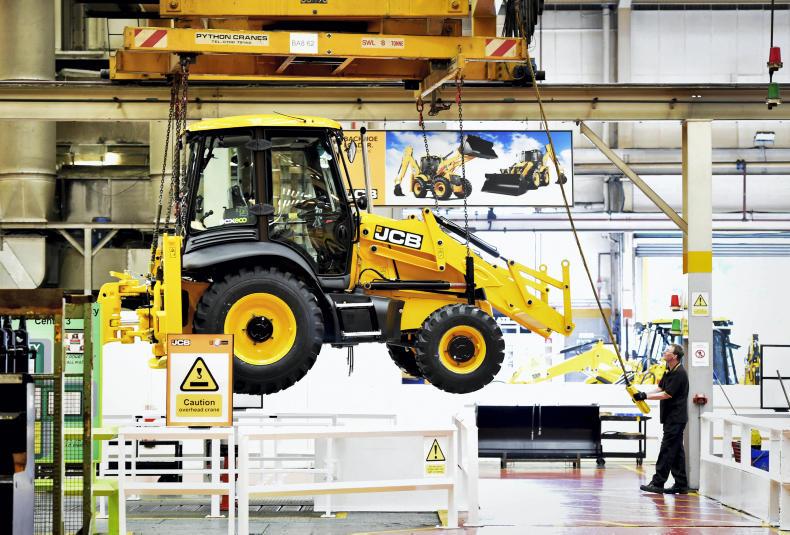It is fair to say that the backhoe is the key machine that put JCB on the map to such an extent that the name JCB has become synonymous with the backhoe in the same way as Hoover is associated with the vacuum cleaner. This is a testament to the engineering and innovation that JCB uses to constantly develop this machine from relatively humble beginnings to modern-day standards.
So, where did it all start? In 1945, Joseph Cyril Bamford (JCB) built his first piece of machinery, which was a farm-tipping trailer, in a small rented garage. From there, Joseph continued to produce and develop more advanced machines and, in 1953, on a trip to Europe, he saw a primitive digging machine, which impressed him so much that he bought it and sent it home to the UK to modify and improve.
JCB redesigned the machine and fitted it to the popular tractor of the time – the Fordson Major, which it also fitted with a front loader. Little did Joseph know back then what it would become and that he had just created what we know today as the backhoe loader.
The first backhoe, the “Mark One”, rolled off the production line in Rocester, Staffordshire, in 1953. This machine introduced the wonder of hydraulic power to construction equipment for the first time. In its first full year of production in 1954, just 35 machines were built and it took more than 20 years for the first 50,000 to be made, but after their popularity grew, JCB celebrated the milestone of the manufacture of its 500,000th machine on 10 December 2012. Today, one JCB backhoe loader rolls off the company’s production lines every three minutes.
The backhoe is still manufactured on the same line as in 1953, which has been modernised incorporating some of the most advanced technology available. The popularity of this machine has grown so much that JCB also manufactures it in three other countries, India, Brazil and the US. The backhoe is sold in 120 different countries with the largest market being India.
The global market for backhoes is approximately 62,000, with JCB claiming a 50% share of that. North America is a very big market for JCB but, as mentioned, India is the greatest single market taking 18,000 machines annually. Backhoes account for 10% of the overall construction equipment market, which shows the importance of the backhoe market globally to JCB. The company claims to have led the market for the past 16 years with one in every two backhoes on the market manufactured by JCB.
Just as interesting as the history of this iconic machinery is how it is manufactured today at the global headquarters in Rocester on the same production line as they started on in 1953. Liam Brown, who is the general manager of the backhoe department, showed me what exactly it takes to build one of these machines.
All machines are built to order so the first step is the order process; the customer places an order through the JCB dealer network where they tailor the machine to suit their exact needs. It is estimated that there are 4,000 variants of backhoe available. Once the order is placed, this will generate a “build ticket”, which has a corresponding barcode, part number and specification of build. This is constantly checked to ensure it is correct at the different stages during assembly. From this build ticket, the backhoe is born.

Steel is brought into the factory where it is cut using modern laser technology before being made into sub-assemblies. These pieces are then tack-welded before being fully welded, both manually and robotically. JCB uses 250t of steel per week manufacturing backhoes with thicknesses ranging from 6mm up to 20mm.

Once completed, the finished components go through for shot blasting, which removes any surface contaminates while also giving an etched surface to help the paint to stick to the steel. This is then closely followed by a robotic phosphate wash to prepare the metal to be painted after which it goes to the paint plant where it receives a base coat and top coat of the familiar JCB yellow.

While this is happening, a logistics team assembles “kitting” trolleys containing all the required parts for each machine according to its build ticket. This means that the mechanics on the assembly line always have the correct part at their fingertips for the machine being assembled, aiding efficiency. JCB puts great emphasis on buying in sub-assemblies such as transmissions, engines, axles and cabs from its own manufacturing plants as well as from outside sources. This allows the company to improve efficiency by fitting these sub-assemblies much faster on the production line with less “nut-and-bolt” work having to be done.

The newly painted parts emerge from the paint plant ready for assembly and are greeted by their relevant kitting trolley and sub-assemblies. The chassis is lowered on to a frame, which is attached to an underground pulley system, which moves it very slowly along the production line to the various assembly stations.

The assembly process starts with the chassis, which is gradually built up by the mechanics at each station. They initially install the wire harness, which is channelled into the chassis, followed by hydraulic pumps, transmission and the engine. The track continues moving during this process at a predetermined speed to achieve the daily build rate. The next step is to add the cab, which is supplied as a sub-assembly complete with the components such as the interior, electrics and seat already fitted. The electrical harness and controls are fed through the floor and the main connections to the chassis and air-conditioning units are connected.

After the cab is fitted, the engine management software is configured before the backhoe is transferred from the main production line via an overhead crane to another area where it is filled with fluids and hydraulic oil. It is at this stage that the backhoe is started for the first time. All systems are checked for correct operation and purged to remove all air before being topped up.

Finally, the backhoe is worked through a number of tests specifically designed to find any potential faults with the braking, lifting, steering and various other components. The hydraulic system is checked in a specially designed area where a dye is added to the hydraulic fluid and an ultraviolet light is then used to detect any leaks.
Upon completing all the tests, the backhoe is ready for its pre delivery inspection (PDI) where it is checked in relation to its build ticket making sure it is built to the customer’s specification. All certification documents and handbooks are included before the backhoe is finally signed off for delivery to an awaiting customer in one of the 120 countries where backhoes are sold. The entire process takes 35 hours to complete ready for dispatch. Each shift will see up to 90 new backhoes roll off the production line.